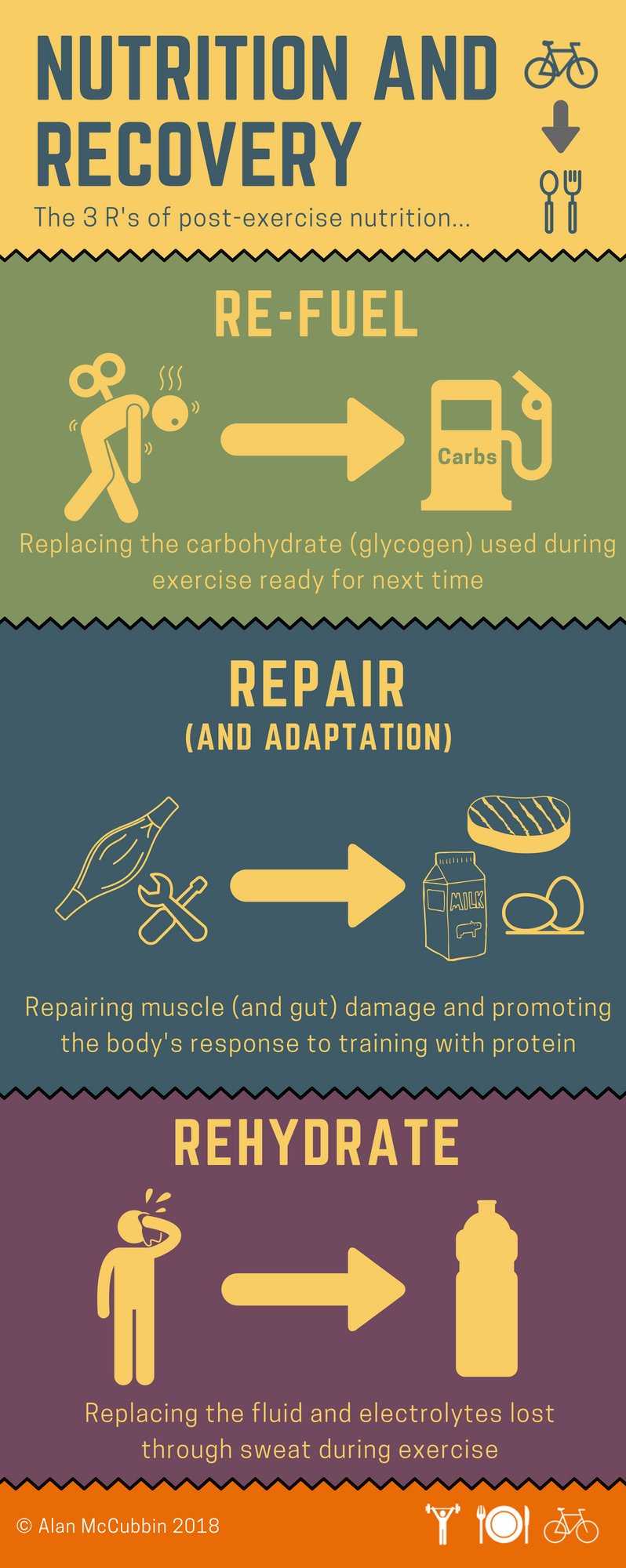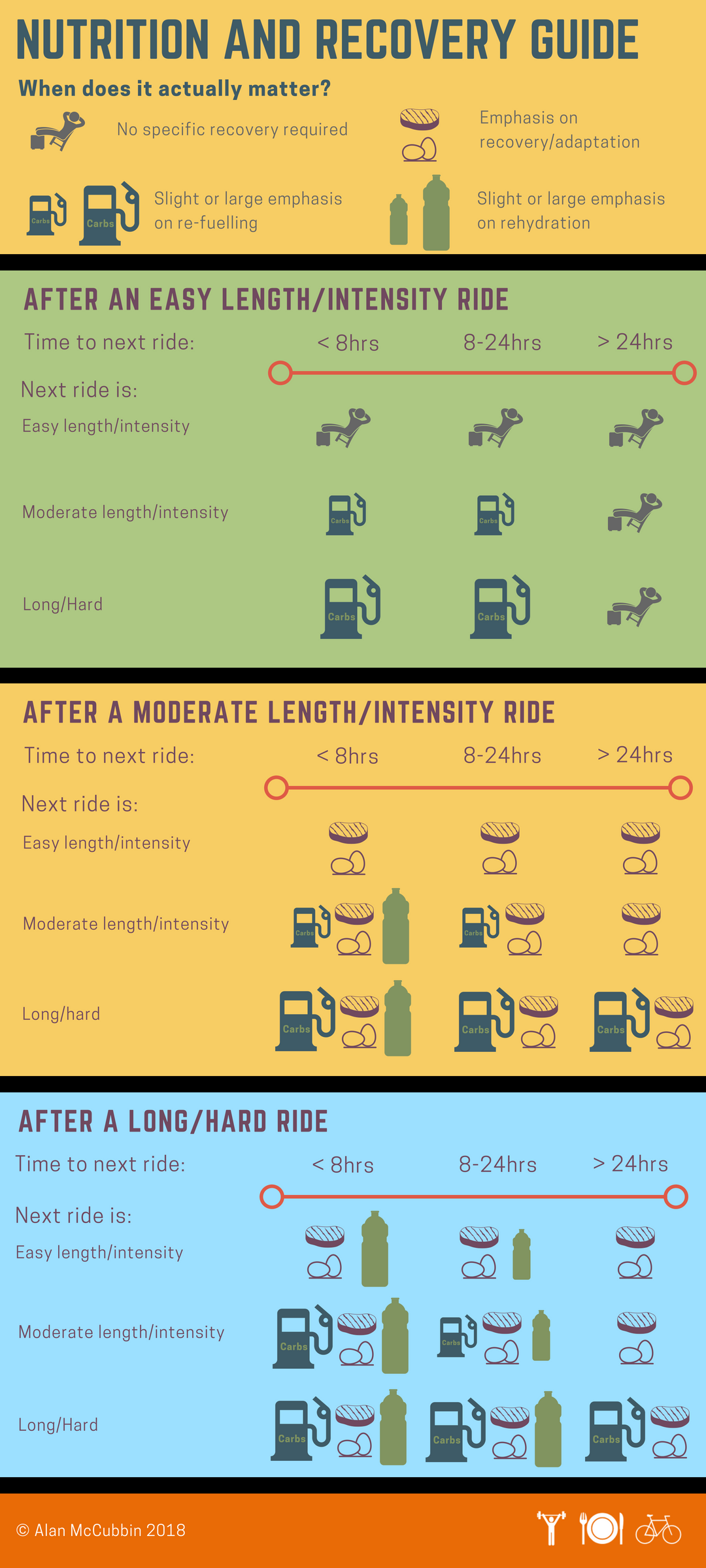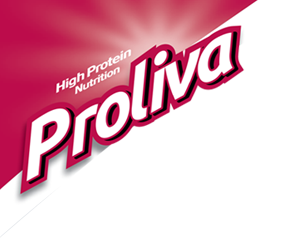-
Your guide to post-cycling recovery nutrition
27.08.2018When it comes to getting the most out of your cycling, few things are more important than recovery. It’s not enough to just smash yourself on the bike, day after day — you also need to give your body a chance to recover, and recover properly. Doing so will allow you to hit your next training session or next race at your very best.
In this new three-part series, dietitian Alan McCubbin takes a deep dive into the nutrition science behind recovery, giving you practical advice that you can apply to your own riding. In today’s first instalment he tackles many riders’ favourite topic: refuelling.
I look around after a big ride at the cyclists surrounding me. Some are knocking the top off a beer. Several are sipping on cans of Coke. There’s a couple with protein shakers in hand. A few are too busy cleaning their pride and joy to care about food.
Cyclists approach eating and drinking after a ride in many different ways, some more scientific than others. One thing I’ve noticed is that some people don’t think about recovery nutrition at all, while others are completely obsessed with it.
In this series, we’ll delve into what the research tells us about eating and drinking after a ride, but more importantly we’ll look at why we eat for recovery, and the situations in which it actually matters.
The three R’s
When it comes to post-exercise nutrition, you may have heard of the three ‘R’s of recovery:
Refuelling: The process of eating carbohydrate to replenish the body’s glycogen stores; stores that have been tapped into during your ride.
Repair and adaptation: The process the body goes through to repair damaged muscles and respond to the stress of training by building more of the good stuff (this is what makes you better as a result of training).
Rehydration: Replacing the fluid you’ve lost during exercise from sweating.
This all sounds great in theory, and in many cases it can be implemented quite simply. There’s been lots of talk about how chocolate milk is the ultimate recovery food – it’s got plenty of protein, carbohydrate, fluid and electrolytes in one package. But before you go chugging it down, we need to stop and think about the ride we’ve just done, the next ride coming up, and what we want to achieve. If not, we risk “over-recovery”, or over-eating for recovery when it isn’t necessary.

What you’ve just done
Firstly, think about the ride you’ve just finished. Was it a casual ride with mates? A commute to work? A 100km+ epic in the hills? If you’ve done a short, easy ride, then chances are you haven’t really used much of your muscle’s carbohydrate (glycogen) stores. So there’s no need to replace a lot.
Likewise for repairing and adaptation – if you haven’t worked your muscles hard or for very long, then the need for protein will be reduced. And if you haven’t sweated much, then you haven’t really created a fluid deficit that needs replenishing.
What you’ve got next
You also need to think ahead to your next exercise session. Is it an easy spin, or a monster ride? Again, if it’s easy then aggressively fuelling is completely unnecessary, and perfect hydration is unlikely to be important. But if your next ride’s a big one, be it training or a race, then you’ll need to move onto the next point …
When you’re next riding
Not only do you need to consider what sort of ride you’ve got coming up, but also the timeframe you’ve got to recover for it. We’ll examine this for each of the three R’s, but as a general rule, if you need to back up within a few hours then you’ll need a more aggressive approach. This could be the case if you have multiple training sessions on the same day, for instance, or during stage races.
On the flipside, if you finished a big ride at lunchtime Sunday and your next hard session won’t be until Wednesday, there’s no point sculling litres of fluid and inhaling a mountain of high-carb foods. Your normal eating and drinking over three days will get the job done.
I often have clients preparing for a one-day event like the Giro della Donna that ask me “what should I eat and drink afterwards?”. If they’re not planning any serious training or racing within the next day or two, my response is always “whatever you like”. Short of drinking your weight in beer and injuring yourself, in that scenario it really doesn’t matter what you consume.
Recovery guide
Below is a quick guide to help you decide which (if any) of the three R’s apply to you in any given situation. Of course, if you really want to obsessively recover after every ride no matter what, be my guest. But if you don’t want to be constrained by recovery eating for the sake of it, the guide below may be useful. The guide doesn’t include specific quantities, or suggest actual foods and drinks. That needs to be tailored to the individual.

Refuelling
Let’s drill down on the subject of refuelling.
Refuelling is about carbohydrate, the fuel your muscles use during hard efforts. Because we store excess carbohydrate as glycogen in our muscles (and a bit in the liver), we can replenish this supply in anticipation of the next ride. The amount of refuelling required will be dependent on how much of that store you’ve used, how much you’ll need for your next ride, and how long you’ve got to restore it to that level. The graphic above gives you an idea about how important it is, based on those three factors.
If very aggressive refuelling is required, the question becomes how much, how quickly, and from what foods? The current guidelines suggest that 1-1.2 grams of carbs for every kilogram of body weight, each hour for the first four hours after a ride, will maximise the refuelling process if that’s important to you. After that you should continue with your usual eating in preparation for the next ride.
So, if you’ve finished a big ride, you have another big one coming up within 24 hours (such as in a stage race), and you’re 70kg, that’s 70-84g of carbs per hour over the next four hours — a total of 280-336g.
Despite all the talk of sugar versus starch, simple versus complex carbohydrates, or high versus low glycaemic index, the exact type of food or fluids used doesn’t seem to make a lot of difference over a four-hour timeframe. So your choice of refuelling can be guided by personal preference, and whether or not you also need protein for repair and adaptation, as well as fluid needs for rehydration.
If you need a little refuelling but aren’t so urgent in your timeframe or the amount required, then your usual eating patterns (assuming there’s carb-containing foods in there) will probably do the job without having to think too much about it.
Source: https://cyclingtips.com/2018/08/your-guide-to-post-ride-recovery-nutrition-part-1-refuelling/
Latest Blog Post
- Sugary Drinks Linked to a Higher Cancer Risk
- The Latest Research on Protein and Muscle-Building
- 27 Health and Nutrition Tips That Are Actually Evidence-Based
- Tall order: More to good growth in toddlers than just measurements
- Millions of cardiovascular deaths attributed to not eating enough fruits and vegetables

